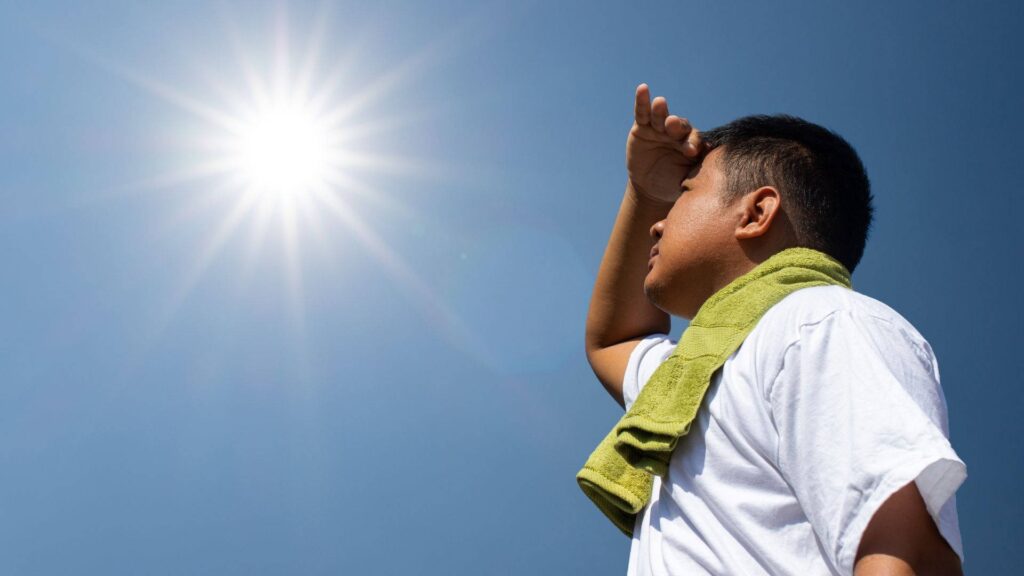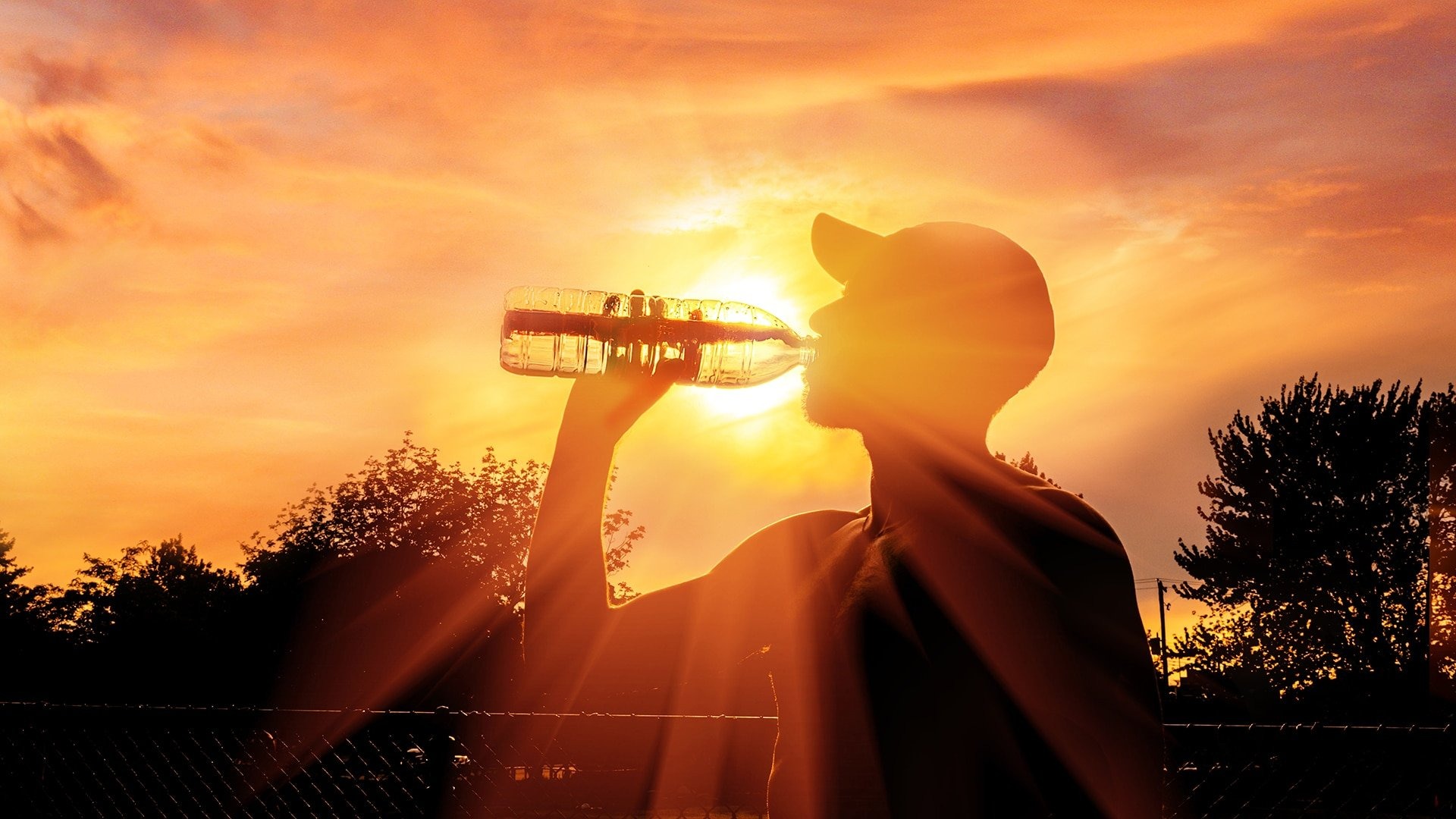Weather extremes can have significant impacts on health, infrastructure, agriculture, and daily life. Understanding temperature-based weather phenomena—such as extreme heat, cold snaps/arctic blasts, and frost/freeze conditions—helps individuals and communities prepare for and mitigate risks.
At StormWatch.site, we provide in-depth weather analysis and forecasts to keep you informed about severe temperature fluctuations. Below, we explore these three temperature-based weather categories in detail.
- Extreme Heat
What is Extreme Heat?
Extreme heat refers to prolonged periods of abnormally high temperatures, often combined with high humidity, creating dangerous conditions for humans, animals, and ecosystems. Heatwaves are typically defined by temperatures significantly above the historical average for a region.

Causes of Extreme Heat
High-pressure systems (Heat domes): Traps warm air and prevents cooling.
Urban Heat Island Effect: Cities retain more heat due to asphalt, concrete, and reduced vegetation.
Climate Change: Increasing global temperatures contribute to more frequent and intense heatwaves.
Health Risks of Extreme Heat
Heat exhaustion: Heavy sweating, dizziness, nausea.
Heatstroke: Life-threatening condition with body temperatures exceeding 104°F (40°C).
Dehydration & Heat cramps: Muscle spasms due to electrolyte loss.
How to Stay Safe During Extreme Heat
✅ Stay hydrated – Drink water regularly, even if not thirsty.
✅ Avoid peak sun hours – Limit outdoor activity between 10 AM and 4 PM.
✅ Use cooling methods – Fans, air conditioning, cool showers.
✅ Check on vulnerable individuals – Elderly, children, and pets are at higher risk.
Economic & Environmental Impacts
Power grid strain from increased AC usage.
Crop failures due to drought and scorching temperatures.
Wildfires fueled by dry, hot conditions.
🔍 Learn more about heatwave forecasts at StormWatch.site.
- Cold Snap / Arctic Blast
What is a Cold Snap or Arctic Blast?
A cold snap is a sudden, drastic drop in temperature, often lasting several days. An arctic blast occurs when frigid air from the polar regions moves southward, bringing sub-freezing temperatures to regions unaccustomed to such extremes.
Causes of Cold Snaps & Arctic Blasts
Polar Vortex disruptions: A weakened polar vortex allows Arctic air to spill south.
Jet stream shifts: Changes in the jet stream can push cold air into lower latitudes.
High-pressure systems over the Arctic: Forces cold air into North America, Europe, or Asia.
Health Risks of Extreme Cold
❄ Hypothermia – Body temperature drops dangerously low.
❄ Frostbite – Skin and tissues freeze, leading to potential amputation in severe cases.
❄ Respiratory issues – Cold air can worsen asthma and bronchitis.
How to Stay Safe During a Cold Snap
✅ Layer clothing – Wear thermal layers, hats, and gloves.
✅ Avoid prolonged exposure – Limit time outdoors in extreme cold.
✅ Prevent pipe bursts – Insulate pipes and let faucets drip.
✅ Prepare emergency supplies – Blankets, non-perishable food, flashlights.
Economic & Environmental Impacts
Energy demand spikes due to heating needs.
Transportation disruptions – Icy roads, flight cancellations.
Agricultural damage – Frozen crops and livestock losses.
🔍 Track arctic blast warnings at StormWatch.site.
- Frost & Freeze Conditions
What are Frost & Freeze Conditions?
Frost: Occurs when temperatures drop below freezing (32°F/0°C), causing ice crystals to form on surfaces.
Freeze: A more severe condition where temperatures remain below freezing for an extended period, affecting soil and vegetation.
Types of Frost & Freeze Events
Radiation Frost: Clear skies and calm winds allow ground temperatures to plummet.
Advective Freeze: Cold air masses move in, bringing widespread freezing temps.
Killing Freeze: Temperatures drop low enough to kill crops and end growing seasons.
Impacts on Agriculture
🌱 Crop damage – Sensitive plants (e.g., citrus, tomatoes) can be destroyed.
🌱 Delayed planting seasons – Farmers must wait until frost risks pass.
🌱 Economic losses – Billions lost in agriculture due to unexpected freezes.
How to Protect Plants from Frost/Freeze
✅ Cover plants – Use cloths, blankets, or frost protection fabric.
✅ Water before sunset – Moist soil retains heat better.
✅ Use mulch – Insulates roots from freezing temps.
Safety Tips for Frost & Freeze Conditions
Watch for black ice on roads and sidewalks.
Protect outdoor pets – Bring them inside or provide warm shelter.
Winterize your home – Seal drafts and insulate windows.
🔍 Get frost advisories and freeze warnings at StormWatch.site.

